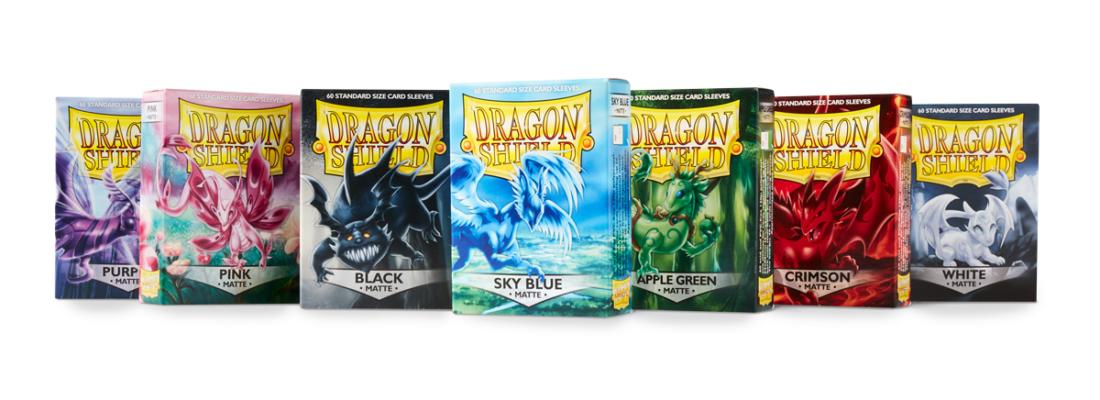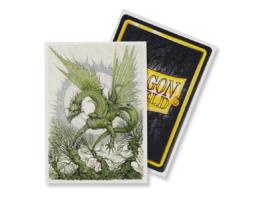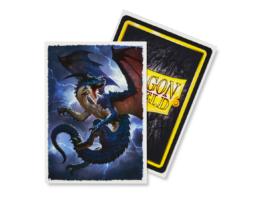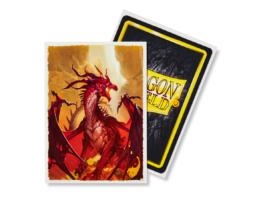What Are Trading Card Games?
Jumping into the world of card gaming can be an overwhelming experience. The card gaming community has an incredible amount of vernacular that, to a newbie, might sound like elvish put through a Dothraki translator. You’ve got your CCGs, TCGs, LCGs, PTQs, FNMs, foils, holos, rares, commons, uncommons, super short prints, ultra rares, ghost rares, alternate arts, full arts… you get the picture.
The purpose of this series of articles is to break down a few of these terms so you are better equipped to understand the differences between the three main types of card games, how rarity is utilized in each, and what kind of monetary investment they typically require. For the purpose of these articles, I will not be discussing Digital Card Games (DCGs) like Hearthstone or Eternal. While an entire series could be written on that topic, we are most interested in traditional table top cards, and so will focus on those.
First, let’s examine Trading Card Games (TCGs).
Trading Card Games
Trading Card Games, also known as Collectible Card Games (CCGs) rose to cultural prominence with the success of Wizard of the Coast’s Magic: the Gathering. First published in 1993, the purpose behind the initial Alpha and Beta sets of Magic was to take the experience of Dungeons and Dragons and make it mobile. While first attracting Dungeons and Dragons players, the customizability of the decks and the dynamic nature of the gameplay attracted a much larger audience.
Magic is credited as the first modern TCG (for our purposes, we will assume the terms TCG and CCG are interchangeable). An overnight success, Magic spawned an industry centered around opening random booster packs in pursuit of more and more powerful cards to add to players’ customized decks. Regularly released expansion sets added cards to the overall card pool, granting players additional options to choose from. In addition, new cards kept the game fresh.
Trading card games have set rules that each player understands and operates under, but each individual card has the possibility of changing those rules or breaking them in favorable ways to help players win the game. Rare cards often have more powerful rule-breaking effects that can easily turn the tide of victory in your favor.
Since Magic’s release, an incredibly varied and vast amount of trading card games have come and gone, from contemporary mainstream hits like Yu-Gi-Oh! and Pokemon to by-gone wonders like Decipher, Inc,’s .hack//Enemy, Megaman Trading Card Game, Lord of the Rings Trading Card Game, World of Warcraft, Hecatomb, Universal Fighting System, and many, many more. For a while in the early 2000s, nearly every successful cultural property had an accompanying trading card game.
How can you tell if your recent obsession is a trading card game?
The biggest identifier is random booster packs. Trading card games are typically packaged in cellophane plastic packs with card amounts varying depending on the game. Trading card games have various levels of rarity, starting with the basic common cards, and usually going up the ranks to uncommon, rare, and even more rare (sometimes called super rare, ultra rare, ultimate rare, and/or mythic rare). Different kinds of shiny foiling makes cards more valuable, too.
Rarity plays a major role in trading card games. Not only are rare cards usually more powerful and necessary in tournament winning decks, but trading card game players often enjoy collecting the rarest cards and trading with other players.
Because rarity is so important, individual cards usually have monetary value ascribed to them based on a speculative secondary market. If a card is viewed as powerful or potentially powerful in the game, then its real-life monetary value will rise. For example, if you have a card that comes only once in five hundred booster packs and players require four for a competitive deck, then that card can easily cost several hundred dollars. Many collectors end up selling their collections and buying new ones, often making a profit.
The secondary market value creates an incentive to buy more booster packs because you always have the opportunity to randomly pull an extremely rare and valuable card, which could quadruple your investment (or more).
Booster packs range in price, but usually settle around $4.00 USD. Some prefer to buy booster boxes, which can have anywhere from twelve to thirty-six or more boosters per box. Cases, too, are popular purchases, especially when a new set hits the shelves. Cases come with around six booster boxes.
As you can see, the price to stay competitive in a trading card game can be expensive. Single decks can easily run anywhere from $50.00 USD to $10,000 USD, depending on the game and the rarity of the cards.
Trading card games thrive by selling booster packs, so new sets are released regularly. Most trading card games have at least four major releases a year of sets between sixty and three-hundred cards each. While not every card is worth collecting, some players want to collect them all. Others will only want the powerful cards. Either way, trading card games can have a steep entrance cost while new players learn what’s valuable and what to avoid.
Additionally, most trading card games introduce a rotation or ban list at some point during their run. Rotations and ban lists force players to adapt their strategies by making the use of older cards illegal in official tournaments. While these restrictions don’t affect games played for fun, most players prefer to keep up with whatever is most current, which means your expensive collection could become devalued before too long.
So should you try a trading card game? Absolutely. Trading card games provide one of the most entertaining, challenging, sometimes-frustrating but always rewarding experiences of any hobby. I’ve gained incredible life-long friends from joining the community and wouldn’t trade the memories of opening booster packs at the local shop, sleeving up my rarest cards and competing at top levels for anything.
If you’re on the fence, I recommend picking up a starter deck. Starter decks come with rules and enough cards for at least one player to get started. That way, you can try out the game at a relatively low cost before investing in randomized boosters. Yes, trading card games can be expensive, but for those that enjoy them, there’s nothing more satisfying.
Recommended Posts

5 New Double Shell Deck Box Colors
We’ve given our Double Shells a revision and they’re now available in 5 new awesome colors!
Read More
7 Sleeves Crafter Inspiration Id...
Your deck is unique! So why aren’t your sleeves? With Sleeve Crafter, you can create custom sleeves with the renowne
Read More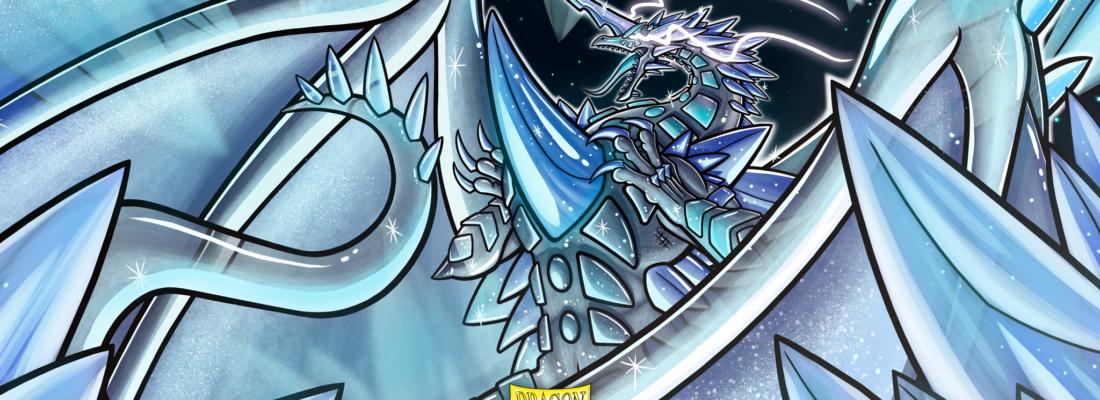
A Link to the Future!
What’s kickin’, y’all? Kwikpanik here again to bring you the fantastic news that a new world of Yu-Gi-Oh! has [.
Read More